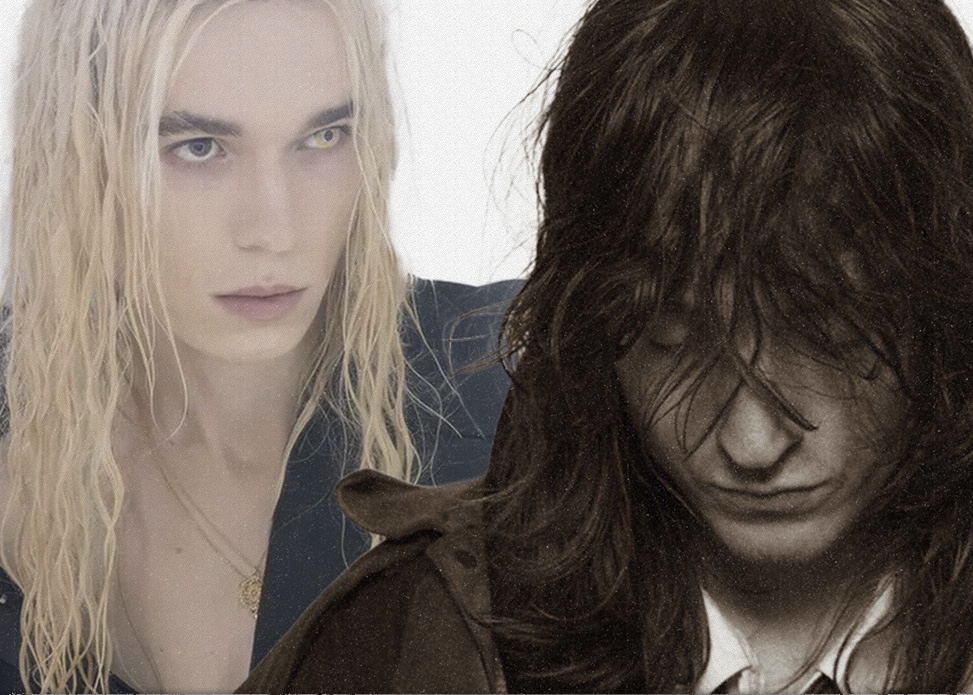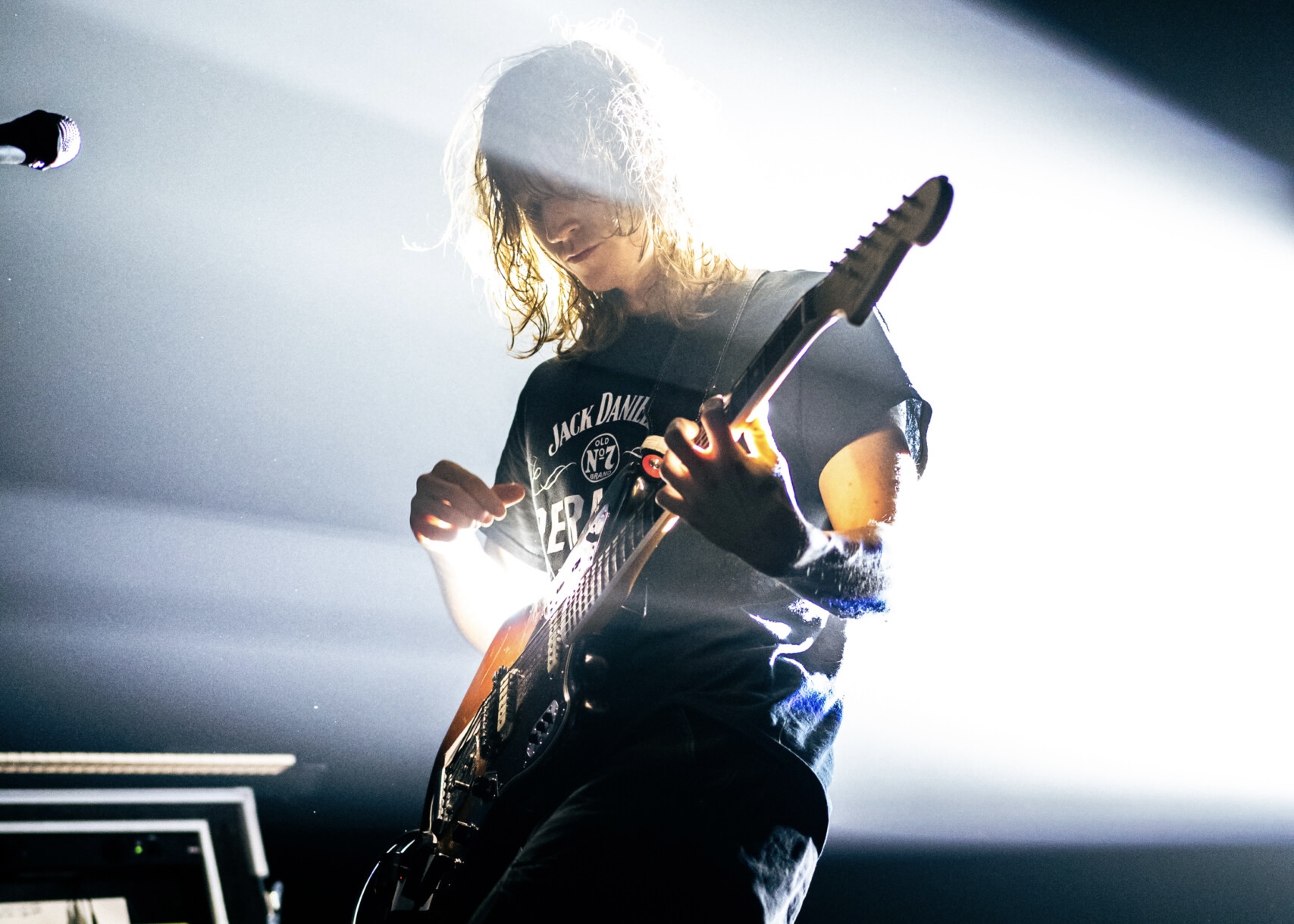What Makes a Cultural Juggernaut?
The longevity of an artist has always been determined by their willingness to adapt with the culture while evolving in tandem with their ever-changing fan base. Dedicated fans have always been interested in witnessing the journey of an artist, putting their stock in the raw potential and promise of an inspired rising musician, investing their attention and emotional capital in the belief that their favorite artist will become a generational talent.
Many artists make their debut with a signature sound only to spend the rest of their career doubling down on their established sonic template, while others do what they can to fight against it. Then you have your creative mavericks— the artists who would rather reinvent than recycle. That creative ethos is the catalyst for the musical juggernauts who make an impact on greater popular culture.
Building Something that Lasts
This year, some of those cultural juggernauts return with a new era on the horizon. Whether it's a sonic evolution, an aesthetic reformation, or a complete change of genre, generational acts like Tyler, the Creator, Kevin Parker, and Justin Bieber are flipping the switch on what’s expected of them while making some truly challenging and inspiring work as they step into new directions.
Tyler, the Creator
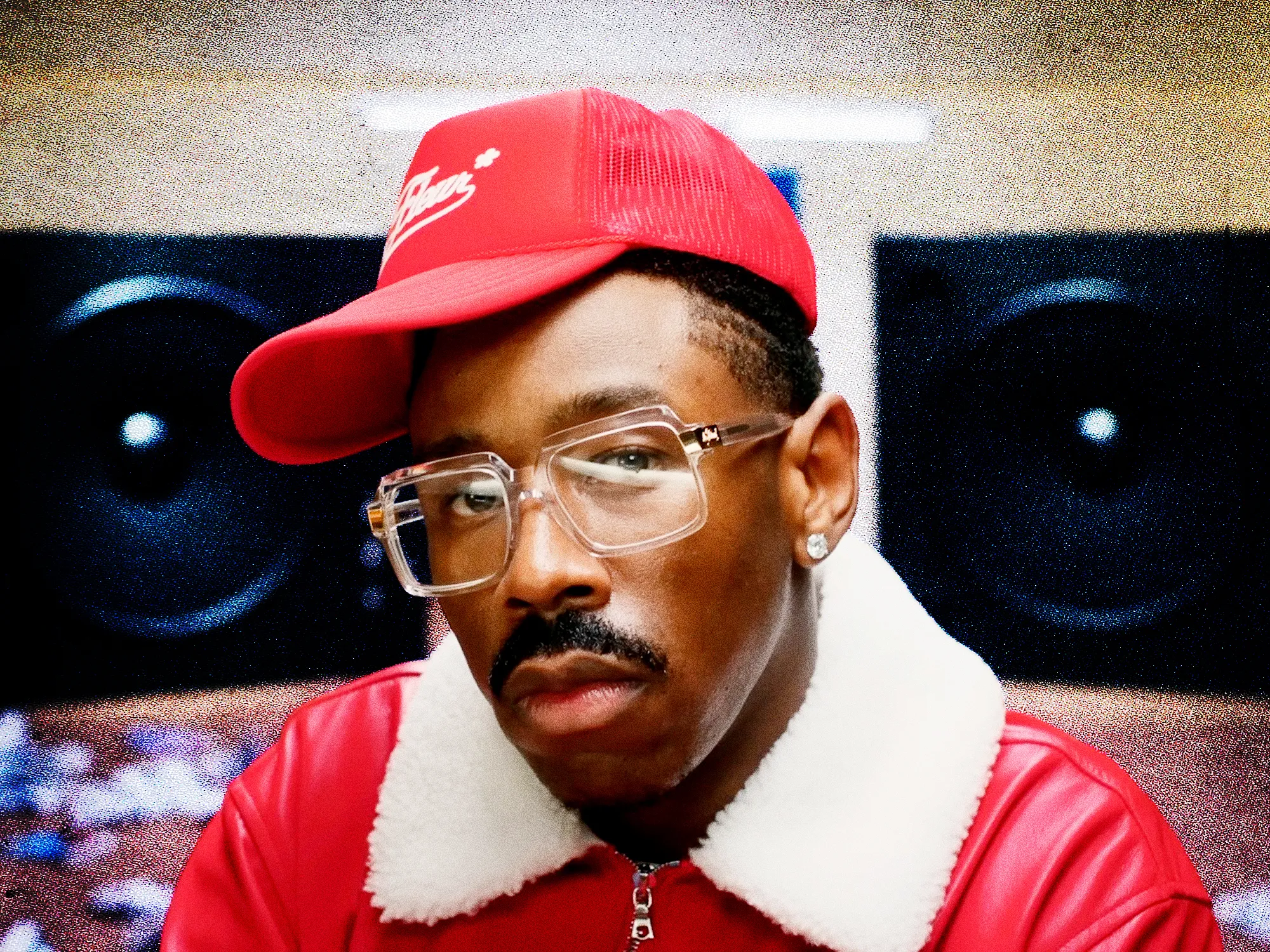
Just months after the release of the critically acclaimed Chromokopia, hip-hop’s renaissance man shocked fans with the surprise rollout of his ninth studio album, DON’T TAP THE GLASS. Known for wearing his chord-heavy, jazz-R&B influences on his sleeve, DTTG is a stark pivot from what fans are used to from the L.A. native.
This tight, high-octane LP clocks in at just under 30 minutes, leaning into ‘80s hip-hop aesthetics, techno-funk melodies, and club-ready rhythms crafted to keep fans dancing. It’s a “vibes album,” as Tyler cheekily called it himself: designed to make people move more than meditate, a far cry from Tyler’s candidly introspective fortè. While Tyler may have made a name for himself for records layered in soulful complexity, it's refreshing to hear the emcee play with new sounds and a new energy.
Tame Impala ( Kevin Parker)
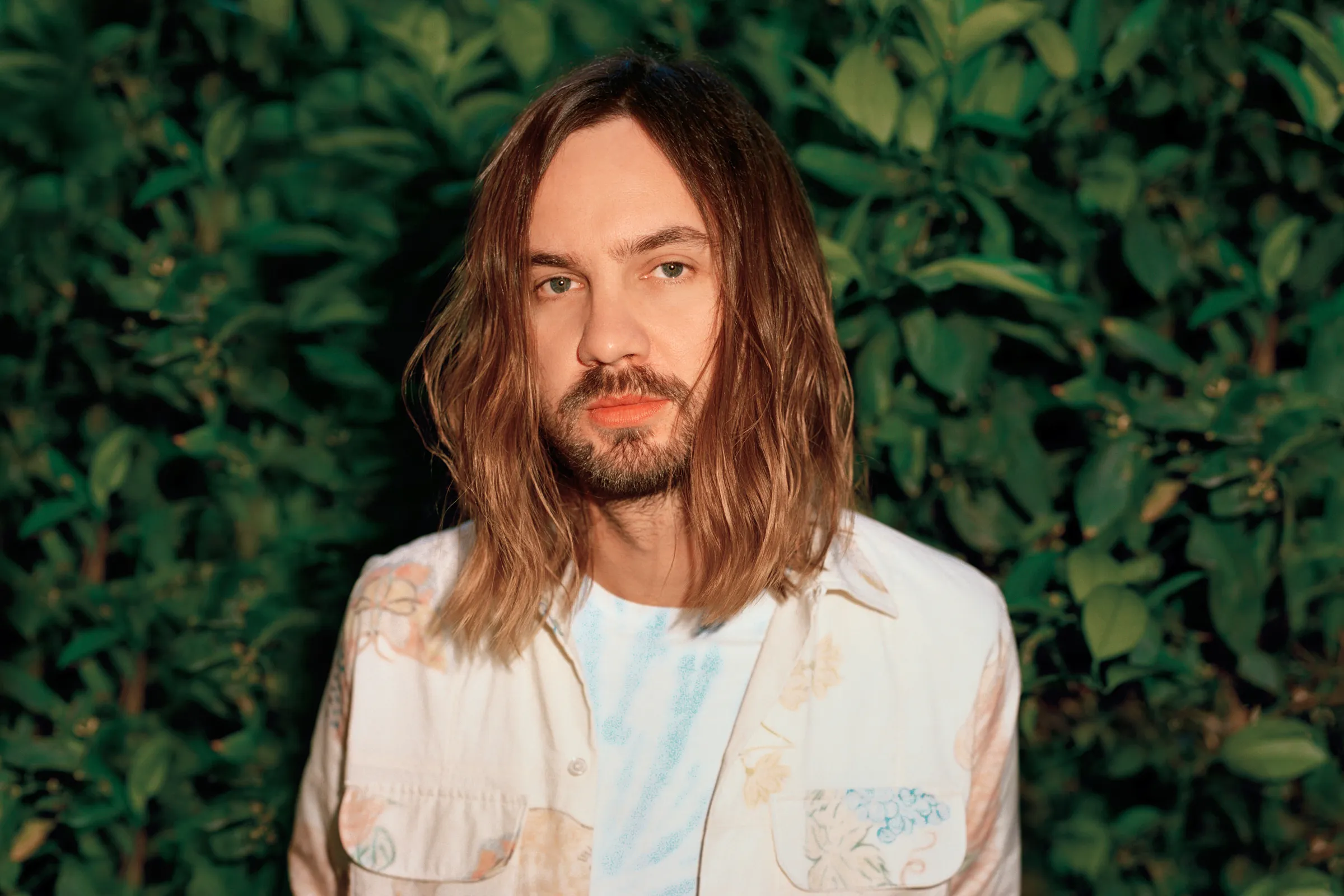
Following a five-year hiatus after the release of The Slow Rush, Kevin Parker has officially entered a new sonic chapter. In late July, Tame Impala released their latest single, “End of Summer,” a seven-minute-long acid-house odyssey that marks the return of the multi-talented one-man band. The music video matches the ambition—split‑screen visuals underscore Parker’s growth from dreamy psych‑pop auteur to dancefloor DJ maestro.
Around mid‑July, Parker teased that 13 tracks are fully marked “done” on a studio whiteboard, hinting at a full album imminent—his first since The Slow Rush. After years of collaborative detours—film soundtracks, Justice, Dua Lipa, remixes—” End of Summer” signals a return to Tame’s solo psychedelic roots, but this time with a glossy, electronic swing. He’s embracing house rhythms and club textures in a way that feels fresh but still unmistakably Tame.
Clairo
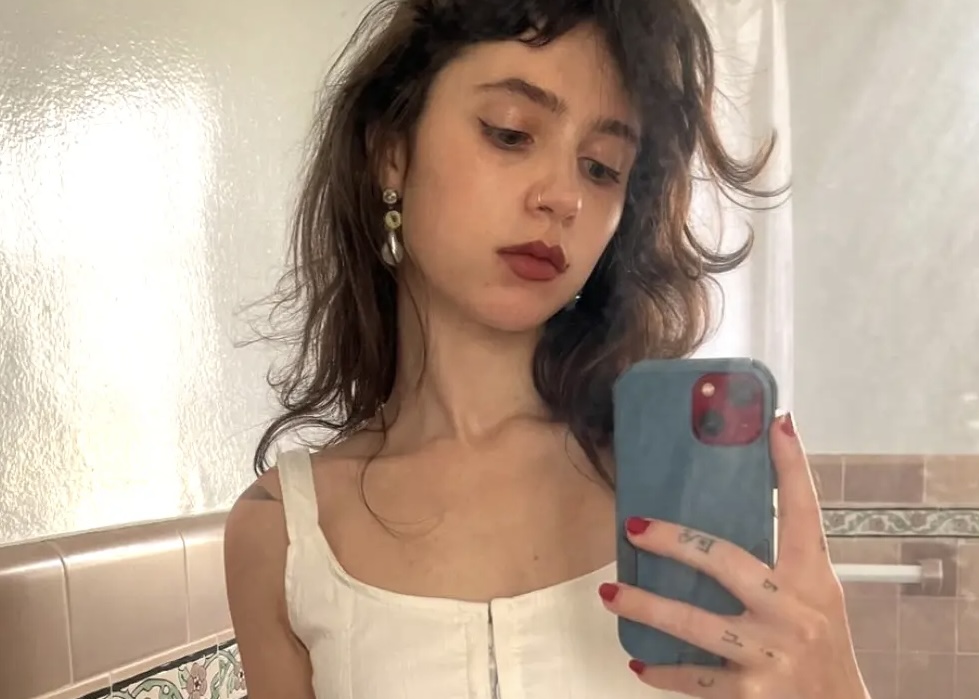
Clairo’s third studio album, Charm, marks a deliberate pivot from the lo‑fi bedroom pop vibes found on Immunity and the introspective softness of Sling. Produced alongside Leon Michels and recorded live on analog tape, Charm adopts an organic and warm soundscape influenced by timeless 1970s pop‑soul found in records from Motown and Hall & Oates. Charm thrives on piano, brass, vibraphone, and airy flute, lending the record an analog intimacy and a playful vintage sheen that feels both timeless and personal.
On tracks like “Juna,” “Terrapin,” and “Add Up My Love,” Clairo’s breathy vocal performance rides atop lush arrangements built by seasoned funk-soul musicians. The result is a cozy yet confident jazz-colored backdrop that reflects both emotional warmth, sonic sophistication, and undeniable charm (pun intended).
Justin Bieber
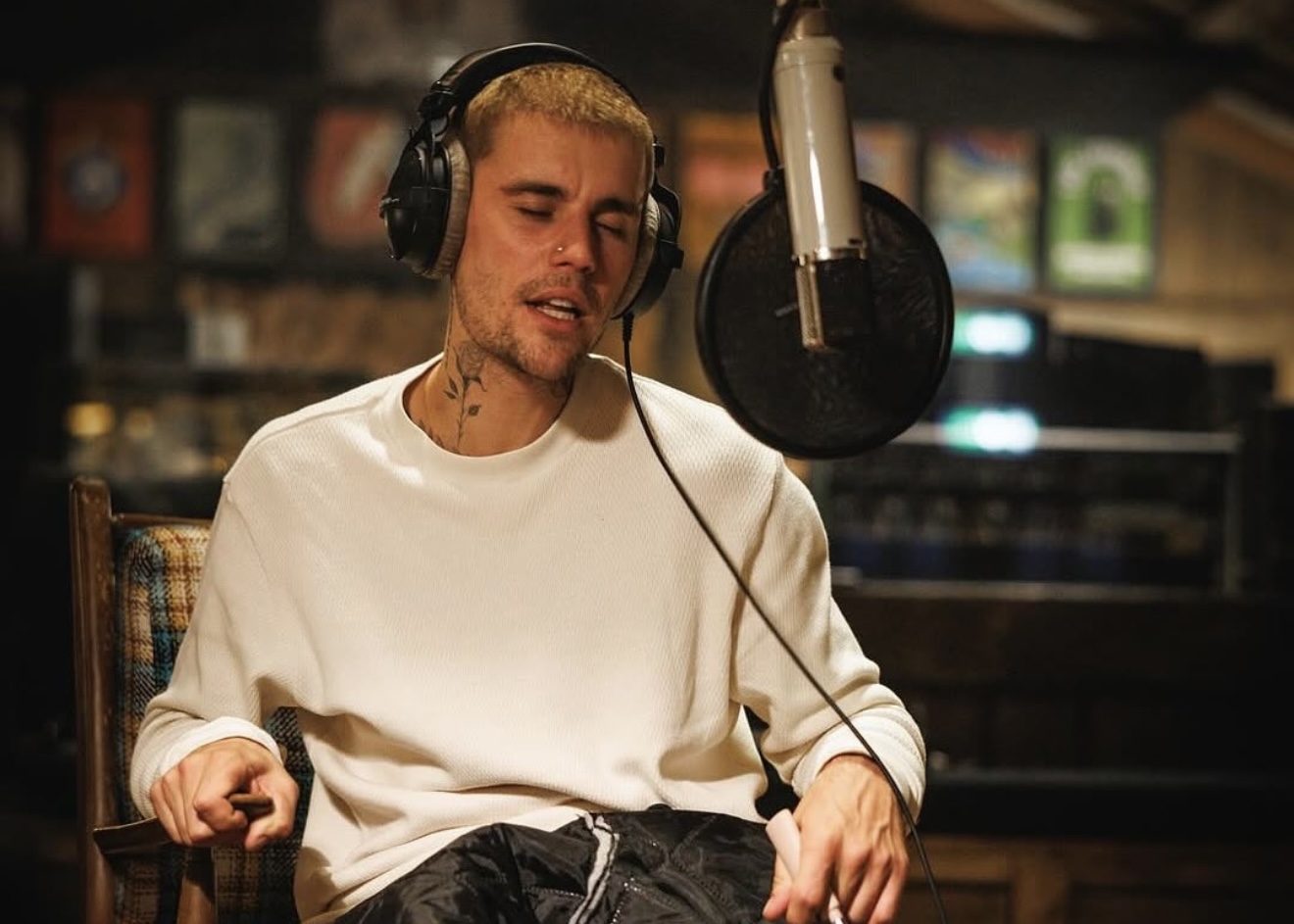
With the release of his latest project, SWAG, Justin Bieber ditched his usual pristine pop polish and dove headfirst into texture and complex production, under the influence of rising indie darlings Dijon and Mk.gee. Dijon’s neo-soul-tinged production mixed with Mk.gee’s lo-fi, vintage guitar riffs brings a new warmth to the pop icon's music, especially on standout tracks “Daisies” and “Devotion.” Their collaborative style favors analog imperfections—blown-out drums, soft crackle, and ambient flourishes—giving the album a handmade, heartfelt feel that contrasts sharply with Bieber’s earlier, radio-tailored work.
Throughout the 21-track album, Mk.gee’s fingerprints are all over the sonic palette, while Dijon’s soulful finesse helps guide Bieber’s vocals into more intimate territory. It’s a creative leap that blurs the lines between alt-R&B, bedroom pop, and indie soul, positioning Bieber not just as a pop veteran, but as an artist willing to evolve—and to hand the reins to collaborators who challenge his comfort zone.
Turnstile
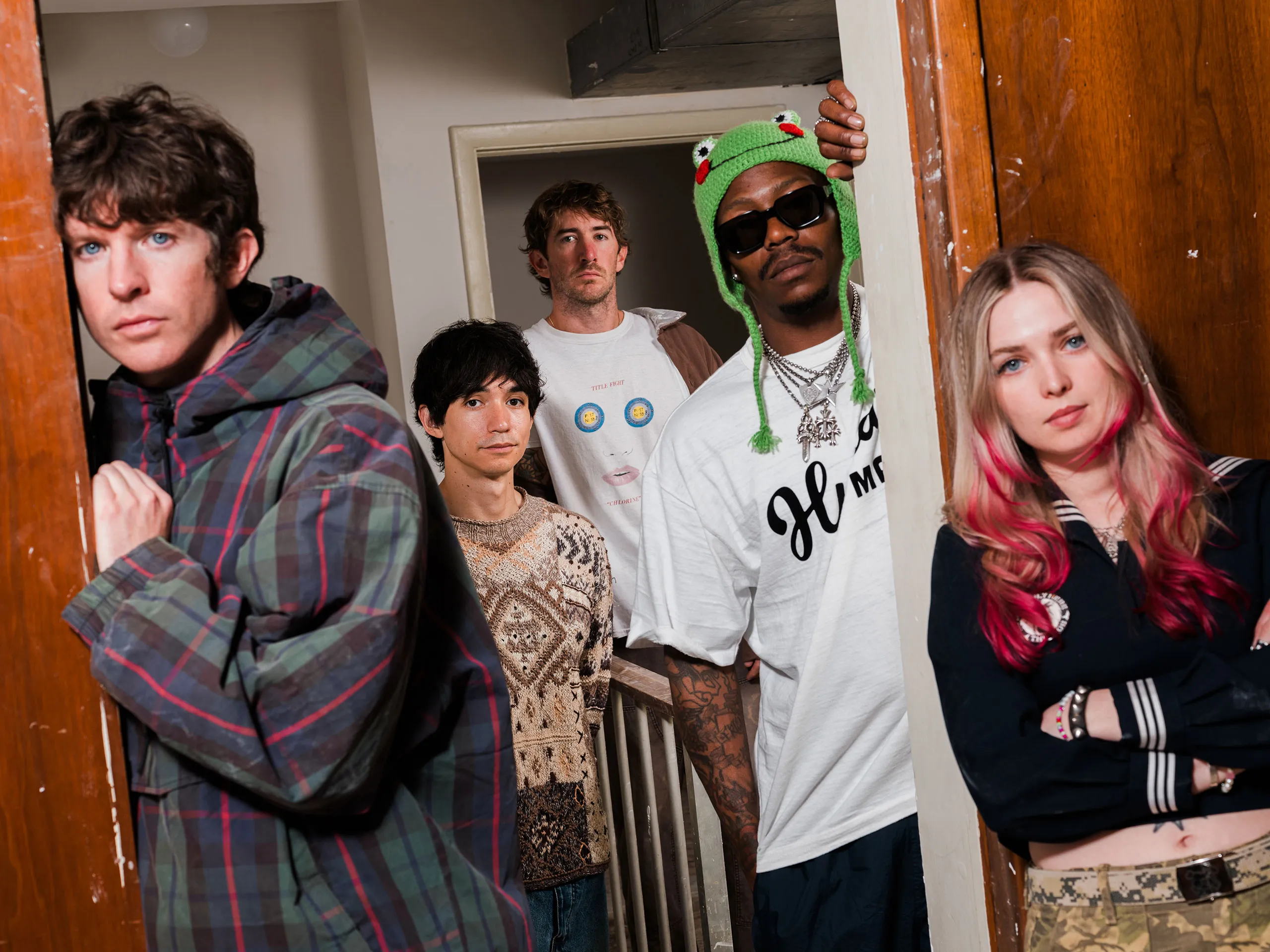
Baltimore-based punk outfit Turnstile is trading their underground hardcore roots and leaning into pop accessibility with their fourth album, Never Enough, produced by frontman Brendan Yates, Will Yip, and hyper pop guru A.G. Cook. The result: a polished hybrid of punk rock intensity matched with pop sensibility. It’s a more focused, melodic strain than the raw, expansive adventurousness of their 2021 album Glow On.
Critics and fans are split: some hail Never Enough as their most refined effort yet, others say the band plays it too safe. Either way, it’s a conscious shift—less chaotic punk punk, more arena‑ready energy. With Turnstile members even appearing on Blood Orange’s Essex Honey.
.png)





